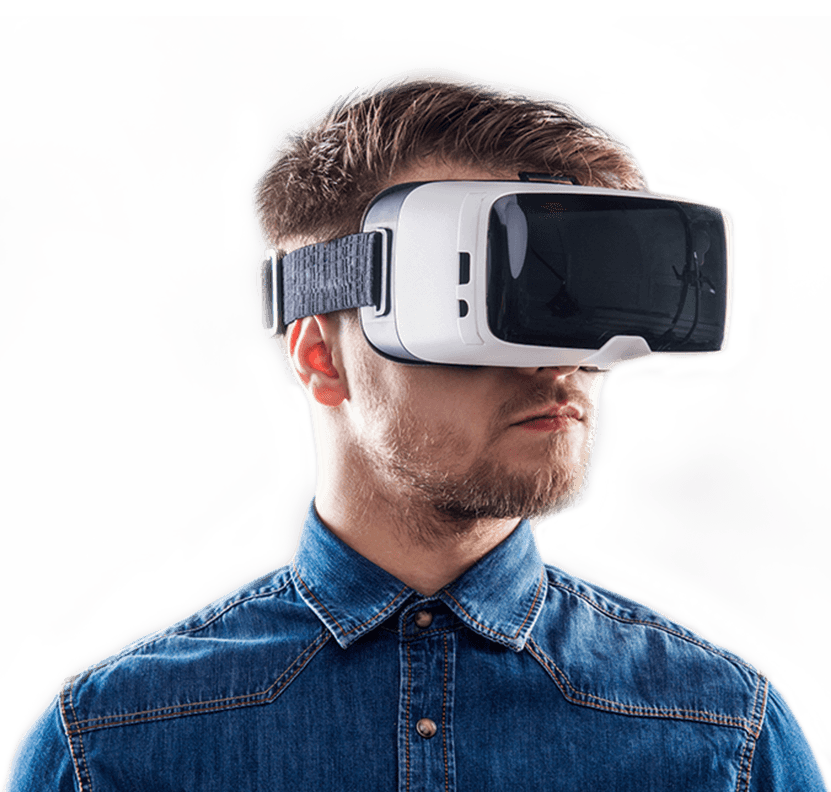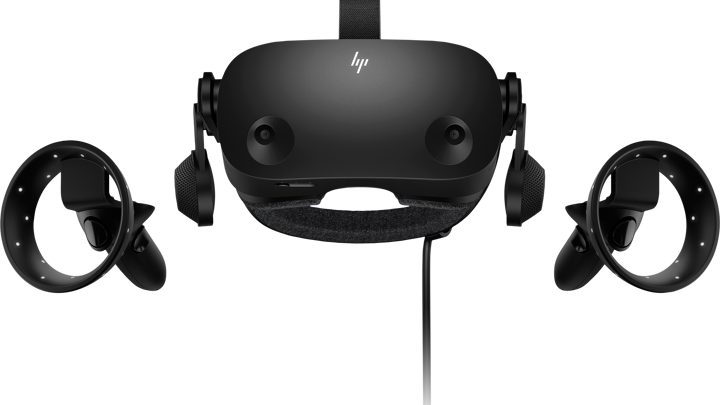The potential impact of VR on public transport in developed countries
Proposal
In the modern era, virtual reality has been expanding its roots in different industries which brings a simulated experience of a scenario. Virtual reality replaces the field of the vision of an individual as it triggers the senses and perception system resulting in a computer-generated virtual environment. Currently, there is a heavy influence of VR in training for different skills and jobs, research visualization, architectural design, safety drills, medical procedure, etc. However, with this uprise in technology public transportation is not effectively influenced. This research will explore the possible impacts of virtual reality on public transport in developed countries where the VR can help explore different scenarios in training drivers and individuals about the safety and security, seat selection, research can be greatly influenced by adding VR to the mix, manufacturing can also be influenced by developing efficient vehicles, different models can be created for the pedestrian flow with a mix of different characteristics and most importantly the traffic flows options can be explored with the help of VR as the constant expansion requires effective traffic management system. In search of an effective public transportation system, VR gives an advantage of a cost-effective and safe test run for any experiment.
Navigate the complexities of virtual collaboration with Assignmentstudio’s expert advice on How To Write a Memo for organizing Virtual Team Meetings. Streamline communication processes and optimize team interactions for enhanced productivity and success.

Synthesis Matrix
|
|
Pedestrian Flow |
VR seat selection |
Traffic Flow |
Traffic Simulation |
|
(Andelfinger et al., 2018) |
Modeling pedestrians as independent entities where they make their own decision based on the given environment which will result into a set of the decision-making process for the pedestrians, which covers movement (route choices), reaction to different scenarios, and emergency situation. |
Humans with a mix of agents which are based on a simulation model gathered from video footages and data of other participants which were collected for the process of boarding public transportation by lopping the simulations results into an incremental calibration. |
|
|
|
(Chun, Ge, Yanyan & Horne, 2008) |
|
|
Virtual reality inputs more dimensions and interactivity in already developed three-dimensional models for traffic flows. The traditional designs options did not offer real-time decision making on simulations, virtual reality changes and improves the traffic flow of the urban public transportation system. It has become possible to predict outcomes based on different scenarios making it essential for the communities safety, security, efficiency, and cost-saving. |
Traffic simulations are of two types macroscopic and microscopic. Where the macroscopic simulation considers only three factors speed, flow and density and their relationship and impact on each, Microscopic simulation, on the other hand, considers road network, traffic control, and vehicles both models are neglecting pedestrian flow and other environmental factors. Adding VR to the mix of these models can help create this simulation where all models are integrated and every factor can be taken into consideration using real-time decision making in different scenarios. |
References
Andelfinger, P., Chen, Y., Su, B., Cai, W., Zehe, D., Eckhoff, D., & Knoll, A. (2018, December). Incremental calibration of seat selection preferences in agent-based simulations of public transport scenarios. In 2018 Winter Simulation Conference (WSC) (pp. 833-844). IEEE. Retrieved from https://pdfs.semanticscholar.org/a826/70306fdcc82c6c2bacaeaaebe7e9e07bb878.pdf
Chun, W., Ge, C., Yanyan, L., & Horne, M. (2008, December). Virtual-reality based integrated traffic simulation for urban planning. In 2008 International Conference on Computer Science and Software Engineering (Vol. 2, pp. 1137-1140). IEEE.




